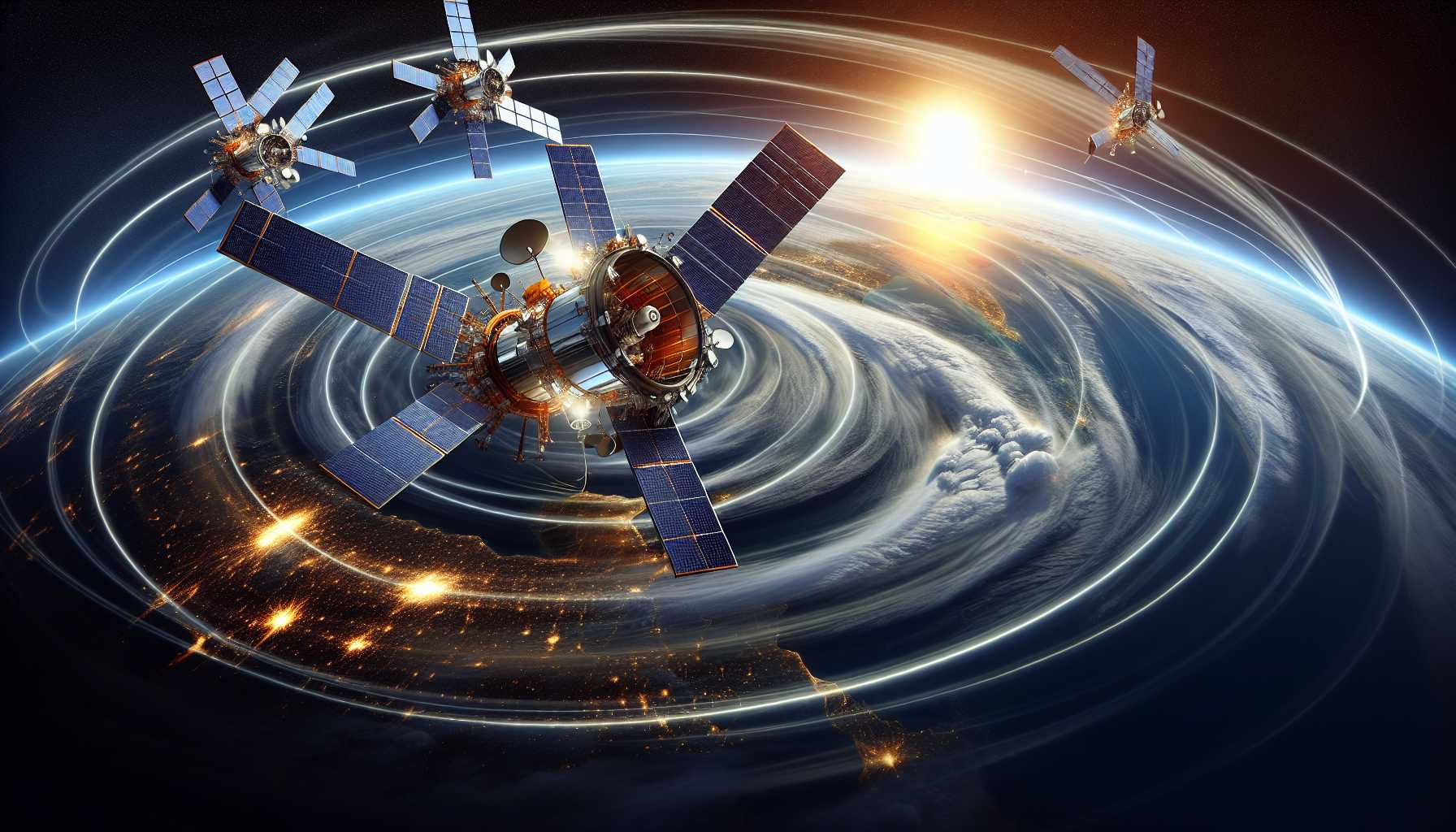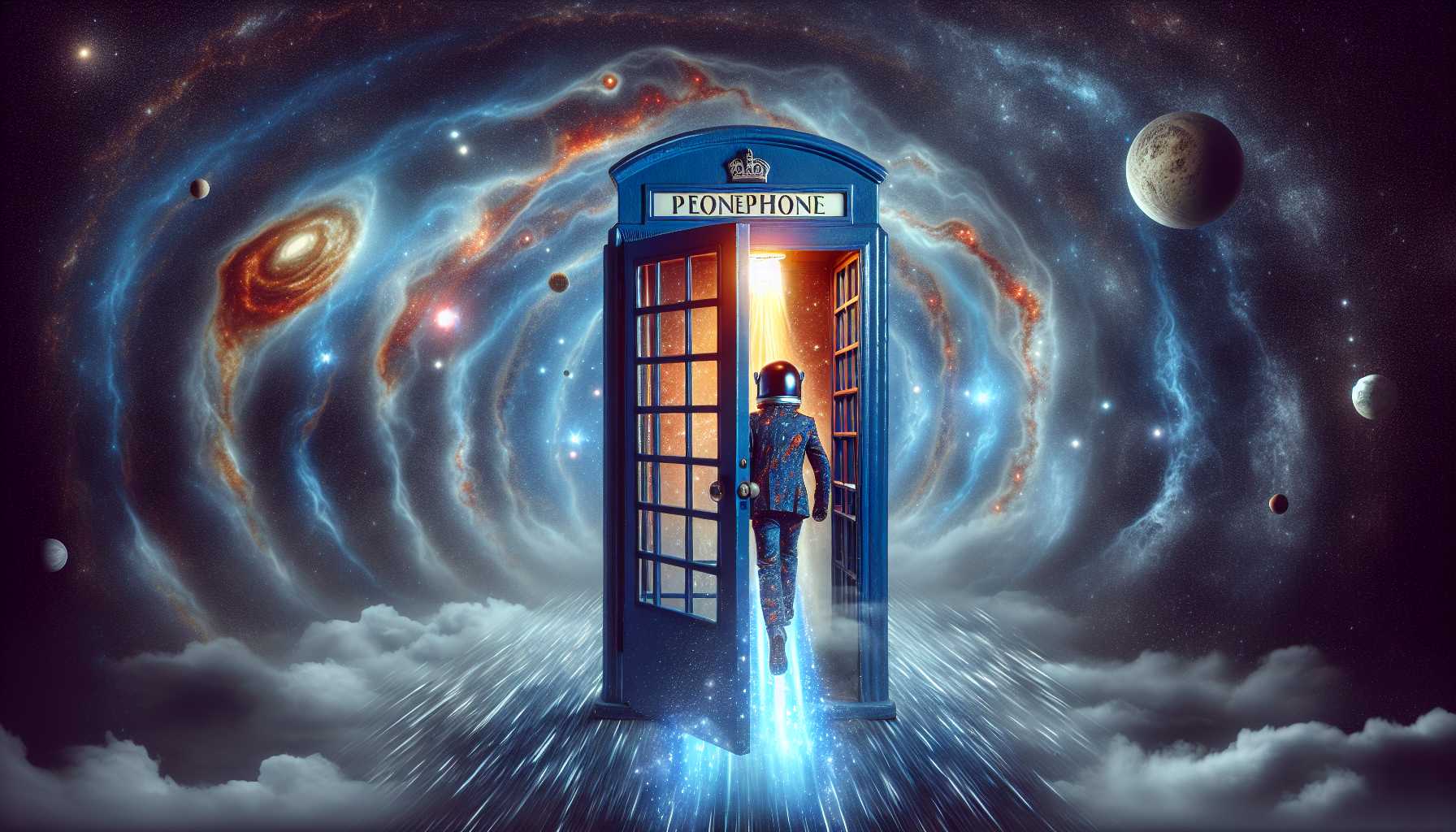Changing of the Guard: iRobot’s New Strategic Direction
As a tech aficionado and investor, the robotics industry never ceases to astound me with its perpetual dance of innovation and evolution. Recently, iRobot orchestrated a leadership shuffle that’s stirring the tech pot. Gary Cohen, the newly-minted CEO who previously helmed Timex and Qualitor Automotive, is stepping in for founding CEO Colin Angle. This marks a strategic pivot for the company, signaling that iRobot may be charting a course beyond the comforts of its Roomba-studded homestead, aiming to diversify in a fiercely competitive market. Cohen’s knack for product innovation and commercial growth is expected to be a catalyst for change – an invigoration of not just a product line but a philosophy to thrust iRobot back into the black.
As we lift our gaze from robotic vacuums to the broader horizon of consumer robotics, it’s crucial to ponder how Cohen’s lack of a roboticist background, unlike his MIT roboticist predecessors, will reshape iRobot’s technological and market strategies. It’s a fascinating interplay of technical roots and boardroom acumen. Will Cohen’s differing expertise steer iRobot successfully through the competitive tempest it faces? The future of consumer robotics dangles on the decisions made today, and I, for one, am intrigued to witness how iRobot evolves under the new chief’s vision.
GPS Dethroned? Introducing Pulsar, the Ace of Space
Today’s tech narrative also arcs across the skies with Xona Space Systems unveiling Pulsar, a low Earth orbit satellite constellation poised to break GPS’s reign. This commercial GPS alternative, sprouting from the minds of Stanford grads, is a testament to the escalating demands of precision in autonomous vehicles (AVs), advanced robotics, and futuristic tech. Their small-scale corner of genius presents a bold challenge to the empire of GPS that navigates billions of devices worldwide.
Tyler Reid, CTO of Xona and GPS Research Lab alumnus, along with CEO Brian Manning, is scrutinizing the needs of tomorrow’s tech. They uncovered a ‘gap’ where GPS lags – a gap as grand as the canyons that Pulsar aims to bridge with “centimeter” level accuracy. Their ‘SpaceX mentality’ juxtaposes the monolithic approach of old, betting on patented tech to offer a leaner, sharper, and more affordable positioning service. This scalable initiative speaks to me as an investor, reminding us that disruption often comes from the confluence of necessity and ingenuity, from those who dare to reimagine the rotten roots of obsolete systems.
However, with a 300-satellite constellation vision, the question on every tech-enthusiast’s lips is: Can Pulsar navigate the challenging terrain of price, accessibility, and operational excellence in displacing a service as entrenched as GPS? As Xona’s Pulsar service commences with a funding injection, the stage is set for a celestial combat of David and Goliath proportions.
Into the Whoniverse: Doctor Who Takes on a New Dimension
For my Whovians and all who relish the cosmic dances through time, the Whoniverse spin is as much a tech marvel as it is a storytelling saga. The latest Doctor Who season is a collision of past and future, launching on Disney+ and, for the first time, broadcasting worldwide simultaneously – a digital age entertainment achievement. With Ncuti Gatwa adorning the mantle as the first Black Doctor, the franchise ushers in a new era, aiming to woo an audience perhaps unbaptized in Tardis lore.
What excites me as a tech observer is how Doctor Who’s transmedia journey reflects a deeper trend: technology is radically transforming how narratives are disseminated to global audiences. The question of how to engage viewers, new and seasoned alike, is no longer confined to timeslots or even confined to the TV screen. Streaming has unshackled series like Doctor Who from traditional networks, recasting them as digital-first experiences that transcend time zones and geographies.
The Ball’s in Your Court: Watching IPL Action, Unbound by Borders
As we talk about dismantling geographical barriers, let’s switch gears to the world of sports, specifically cricket’s vibrant theater – the Indian Premier League (IPL). Fans worldwide can stream the action thanks to digital platforms like JioCinema, and with a little VPN wizardry, no corner of the globe is out of the game’s reach. This democratization of content access ignites conversations around digital rights, exclusivity, and the consumer’s quest for free, high-quality sports streaming.
We’re observing a significant shift, where access to content is being redefined – a shift other industries may well heed. Tech like VPNs is more than a tool; it’s a symbol of the boundary-less ethos the contemporary internet aspires to achieve. No longer are fans sequestered by their physical locales; instead, they are empowered to partake in global events as if seated in the front row. The implications for media distribution, audience reach, and fan engagement are profound.
Miller’s Fury: Furiosa’s Digital Dance across Deserts and Screens
Lastly, but by no means least, Mad Max’s realm roars back to life in the upcoming ‘Furiosa.’ George Miller’s unflagging dedication to physical stunts harmonizes with cutting-edge CG tech, amplifying the storytelling potency of his apocalyptic visions. The franchise’s prequel invites us to examine how filmmakers leverage technology to transcend the bounds of reality, inducing a suspension of disbelief that’s become the cornerstone of modern cinema. CG tech has become the hidden orchestrator, not merely a tool but a canvas where narratives sculpt worlds that challenge our perceptions.
Miller’s ‘Furiosa’ taps into a legacy that wields tech with intention and expertise. As a viewer and as a technologist, I marvel at the synergy between human performance and digital artifice, a dance that shapes our understanding of not only cinema but of tech’s boundless potential.
In concluding, these narratives thread through our tech tapestries, from robotic innovation and GPS revolutions to streaming sagas and sports without borders, collectively signposting a future where possibilities and disruptions go hand in hand. The task for us, the curious and intrepid, is to glean the implications, appraise the transitions, and most exhilaratingly, to dream alongside these dreamers.




